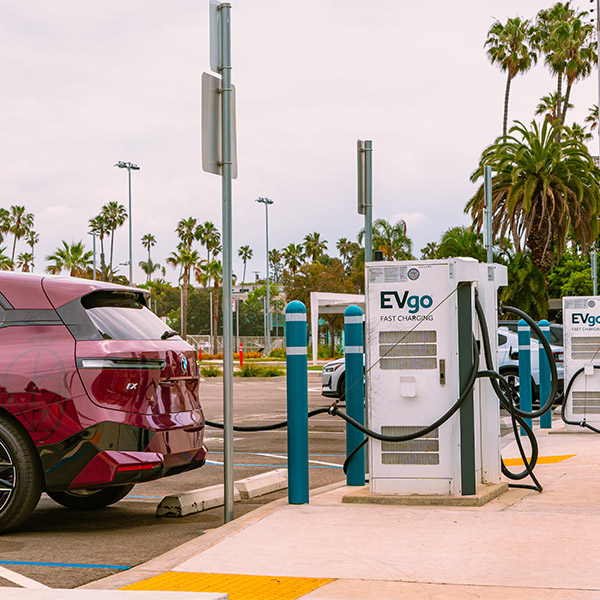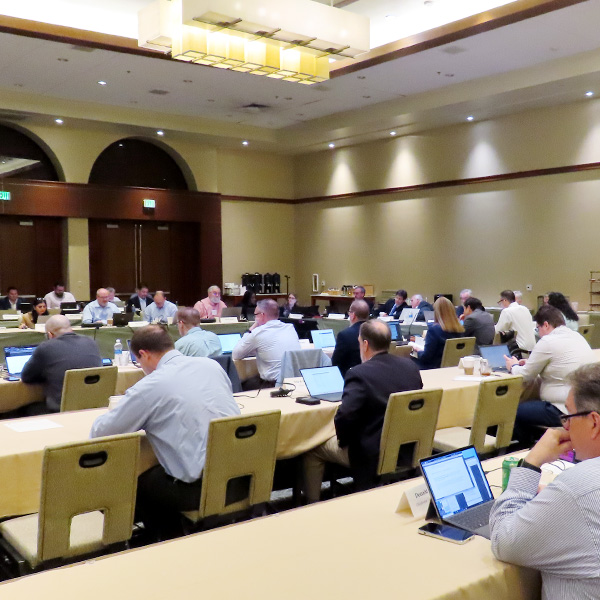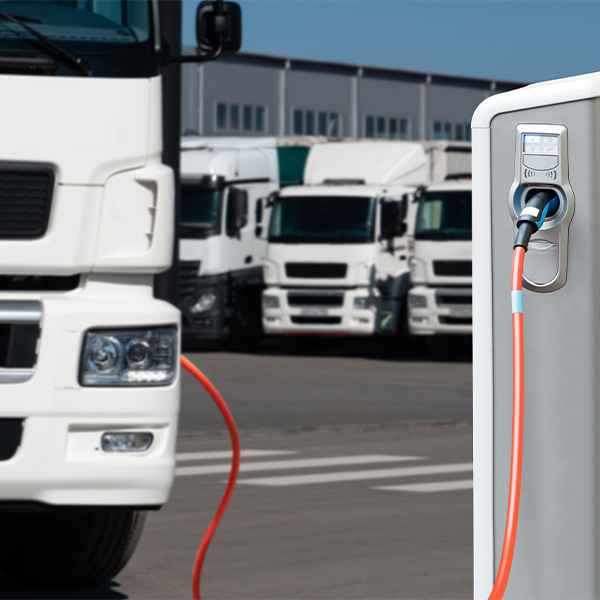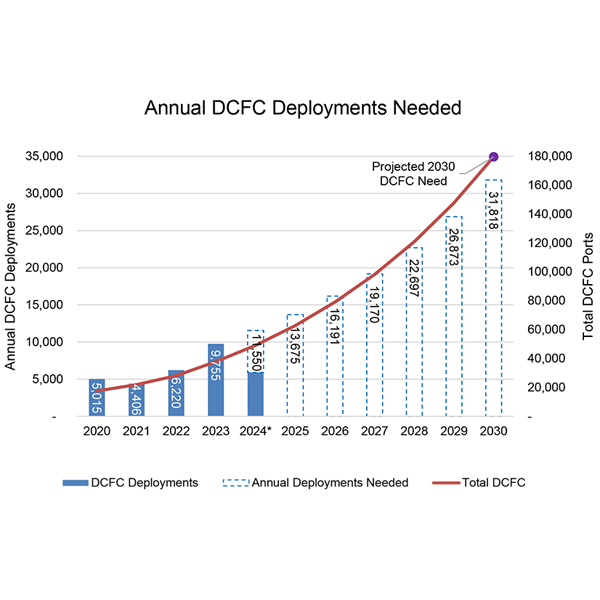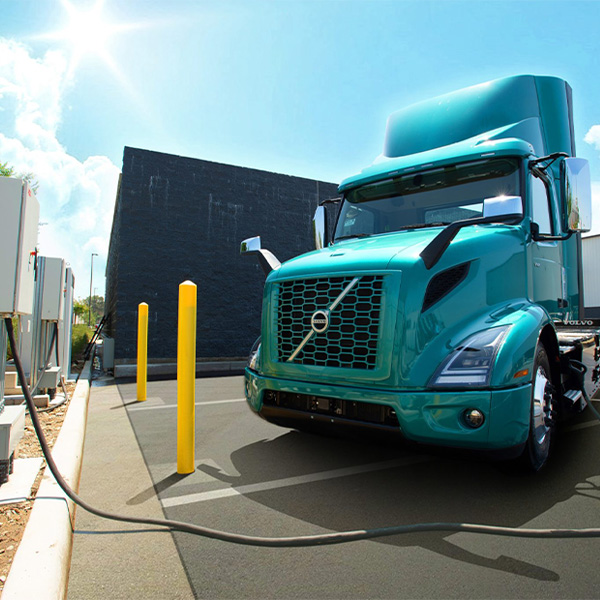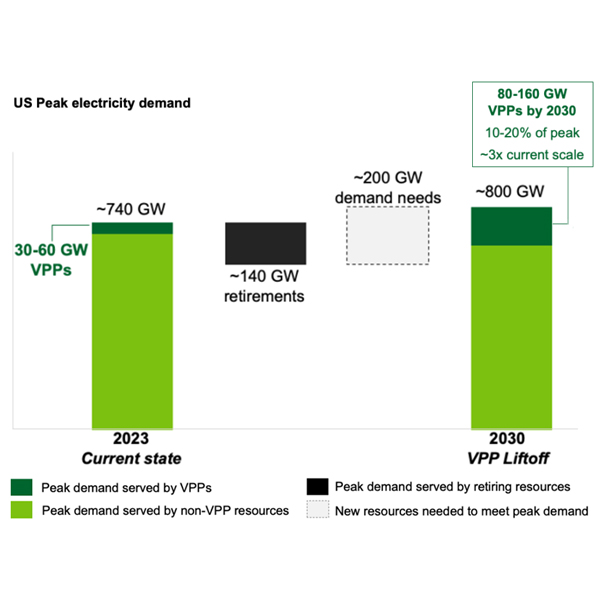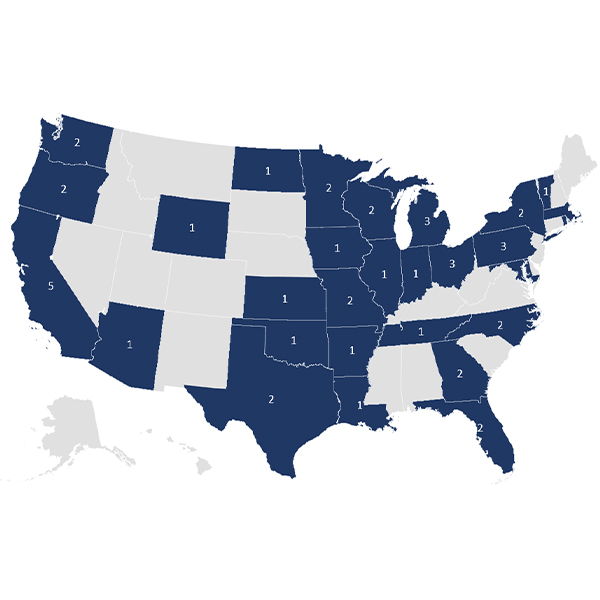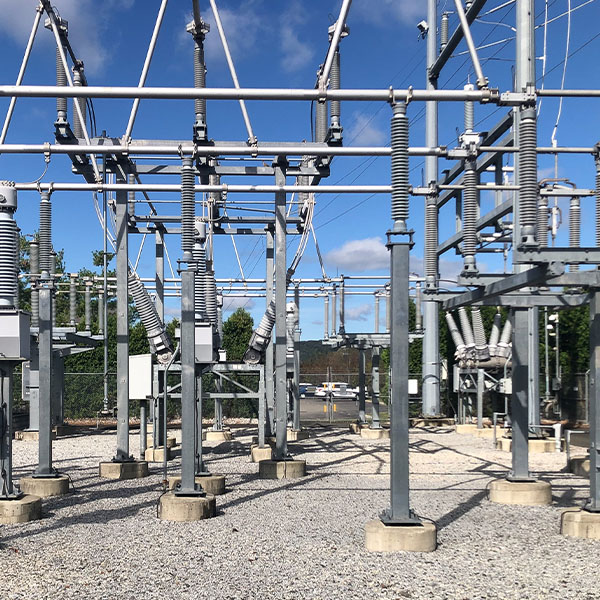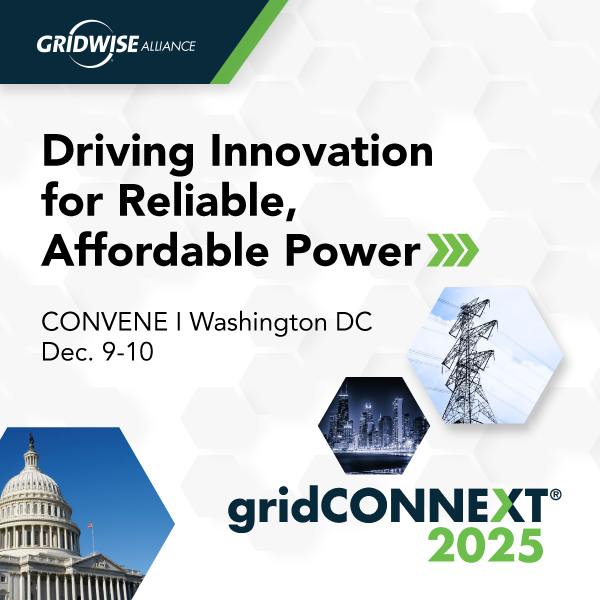Electric vehicles (EVs)
California regulators approved a $95.2 million funding plan for zero-emission vehicle charging infrastructure, with nearly equal amounts going to charging for passenger vehicles and medium- and heavy-duty trucks.
NERC's RSTC welcomed a batch of fresh faces and passed several white papers and reference documents at its final meeting of 2024.
The New Jersey Board of Public Utilities adopted minimum filing requirements that allow utilities to propose programs to promote the development of medium- and heavy-duty electric vehicle chargers.
The Clean Corridor Project will install 167 medium- and heavy-duty truck charging ports on the New Jersey Turnpike and could help alleviate trucker concerns about range.
Both D.C. and Maryland have been working on rules to encourage and accelerate the installation of EV chargers, especially at multiunit dwellings and in low-income neighborhoods, as EV sales continue to grow steadily.
The Edison Electric Institute has ratcheted up its projections of U.S. electric vehicle adoption, and with it the number of charging ports and grid upgrades that will be needed.
The New Jersey Assembly Transportation and Independent Authorities Committee advanced legislation that would require utilities to submit tariffs for commercial direct current fast chargers (DCFCs) and limit their ability to set their rates based on peak demand.
Virtual power plants could provide the same dispatchability and reliability as traditional centralized power plants, allowing customers to cut energy bills and emissions.
The Federal Highway Administration’s CFI grants are spread across 29 states, the District of Columbia and eight tribal communities.
New York is ordering electric utilities to plan for expected future demand from the clean energy transition and identify urgent infrastructure needs that already exist.
Want more? Advanced Search
